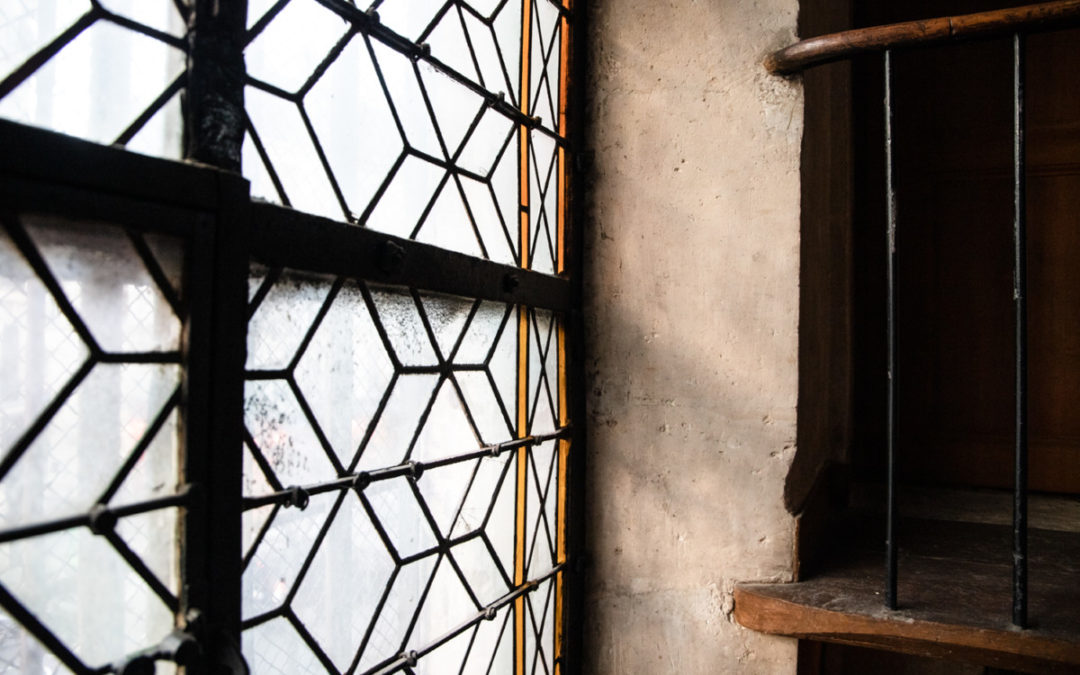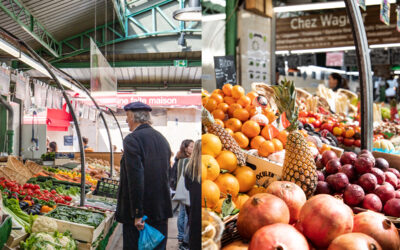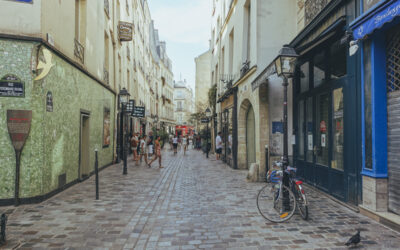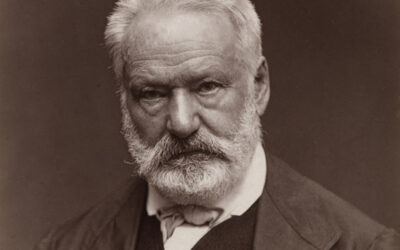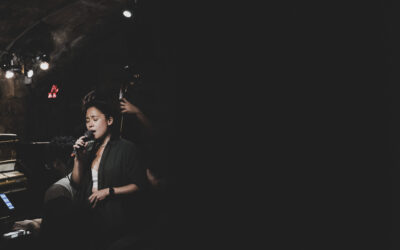The church and cloister of Billettes, rue des Archives, are two architectural treasures worth knowing. If the church is only open for services, the cloister on the other hand often serves as a place of exhibition. You just have to enter, from the street, to discover one of the most beautiful medieval buildings in Paris, the foundation of which dates back to the end of the XNUMXth century.
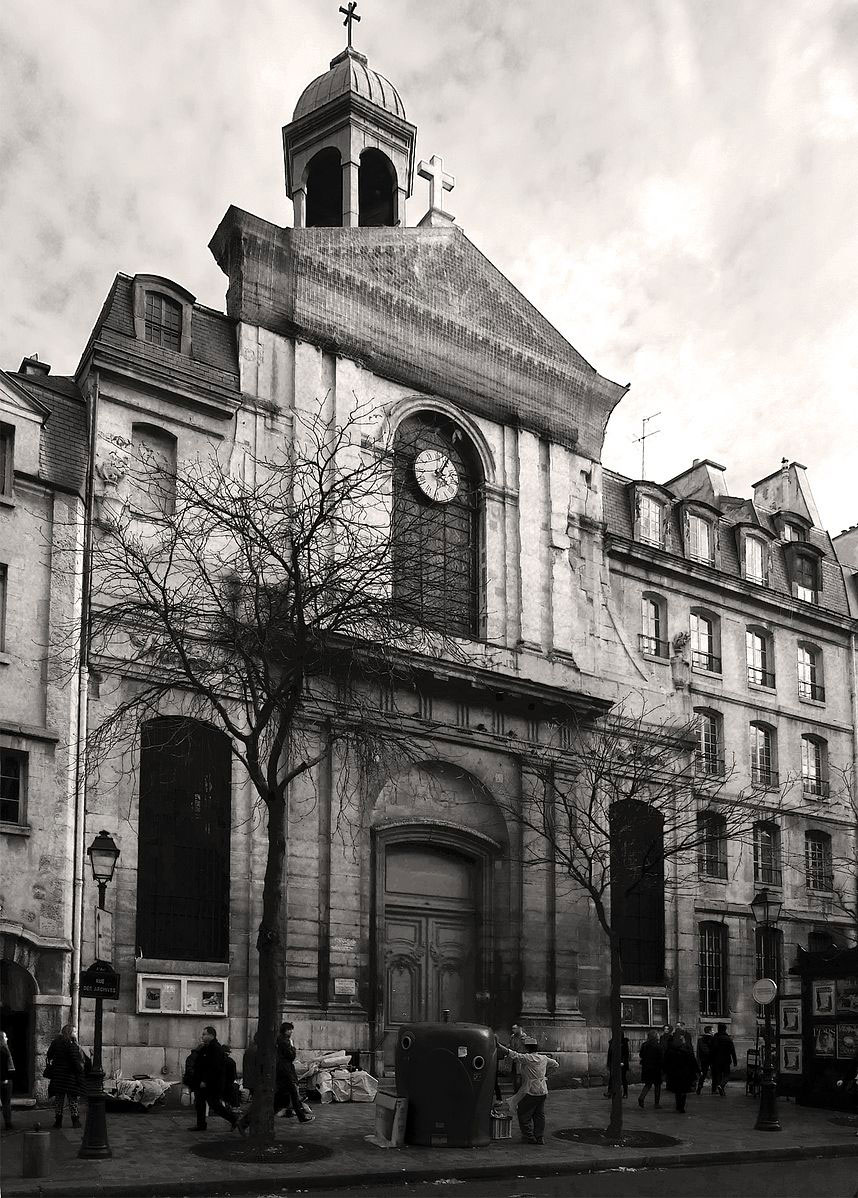
Billettes Lutheran Church, ©Mbzt
The starting point, let us make it clear from the outset, is painful: the decision to build a first chapel here is linked to an alleged “desecration of the host”, a recurring anti-Semitic theme throughout Christianity in the Middle Ages. In this specific case, the story is that of the Jew Jonathan Ben Haym, a pawnbroker, who had his house here and who, according to the terms of his trial, attempted, on Easter Day 1290, to cut up a consecrated host placed in deposited at his home by “a Christian servant”. Blood would have immediately flowed from this laceration. Finally, thrown into boiling water, the host would have transformed into the “true body” and “true blood of Christ”. In these times when religion, superstitions and legends are closely intertwined, nothing more is needed to have Jonathan sentenced to death. The man is burned alive and his property is confiscated for the benefit of the Crown.
A few years later, a "bourgeois of Paris", Régnier Flaming obtained from the king, then the Pope, authorization to build, on the site of Jonathan's house, a first chapel, in order to celebrate the "miracle" of “the bleeding host”. The building quickly became popular; people go there on pilgrimage, donations flow in, the road bordering the chapel even changes its name: the former “rue des Jardins” (current rue des Archives) becomes “rue du Dieu-Bouilli”…
The primitive religious foundation quickly grew, so much so that a community was established permanently at the turn of the century: the Hospitaller brothers of Charité-Notre-Dame, who administered the church until the 1th century. It is undoubtedly to them that we must attribute the nickname “Billettes” given to the miraculous chapel. It is said in fact that these monks wore over their habit a cloth scapular, rectangular in shape (also called “billet” because it recalls the heraldic figure of the same name). With them, “the chapel of the Billettes monks” prospered and expanded. Thus, in the XNUMXst quarter of the XNUMXth century, the church was rebuilt; In addition, a cloister and a cemetery were added for the deceased brothers and benefactors of the order.
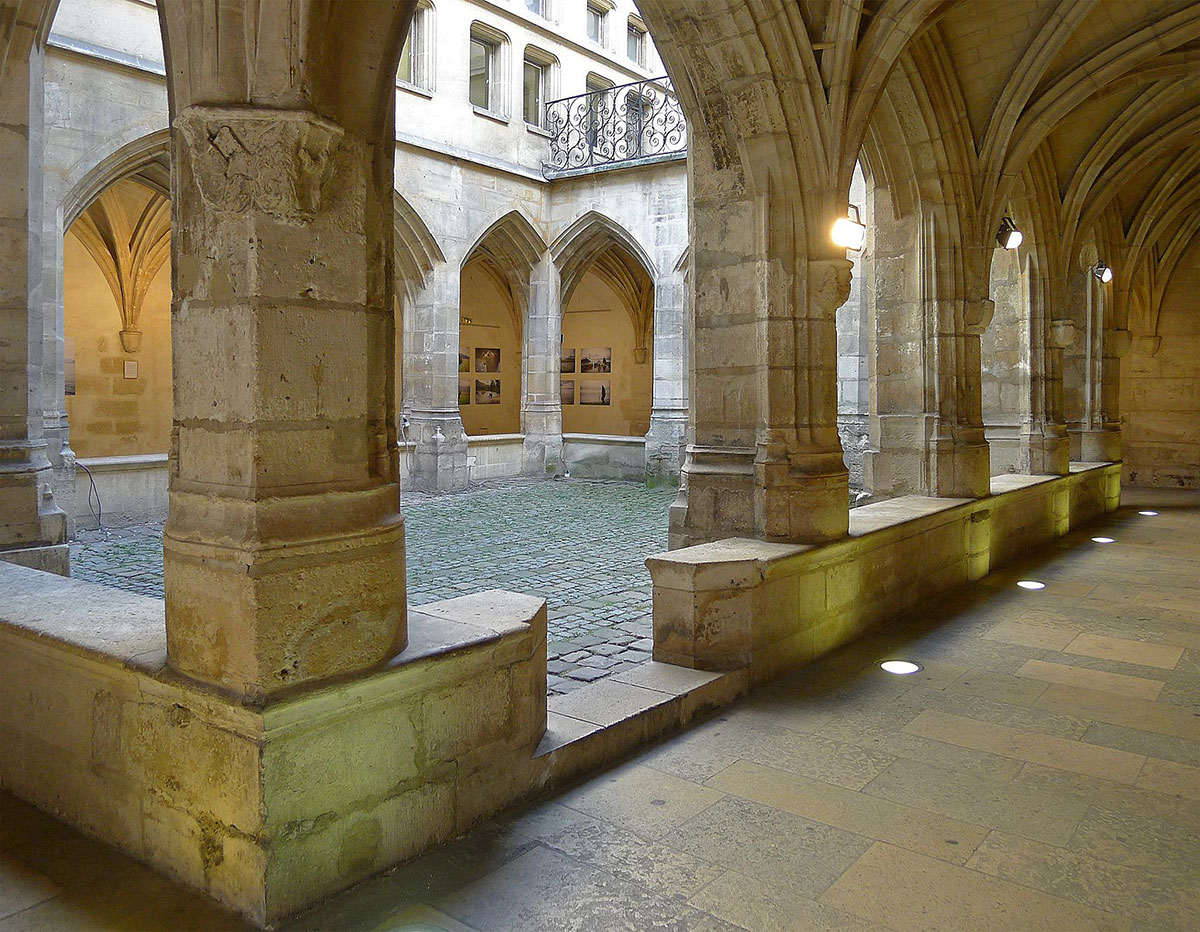
Billets Cloister, ©Mbzt
The decline began with the Renaissance. The Hospitallers were succeeded in 1633 by the “Carmes-Billettes”. The church was then in poor condition and even threatened to collapse, to the point that a complete reconstruction was decided in the 1750s. The plans were probably provided by Jacques Hardouin-Mansart de Sagonne, to whom the we owe the Saint-Louis Cathedral of Versailles (but other sources also mention Brother Claude, a Dominican, as the architect of the new project). The building was completed in 1758: it is the current church, as we can still admire it, with its facade decorated with pilasters and fire pots; the interior is sober: a short nave, without transept, bordered by two aisles, ending with a semi-circle choir.
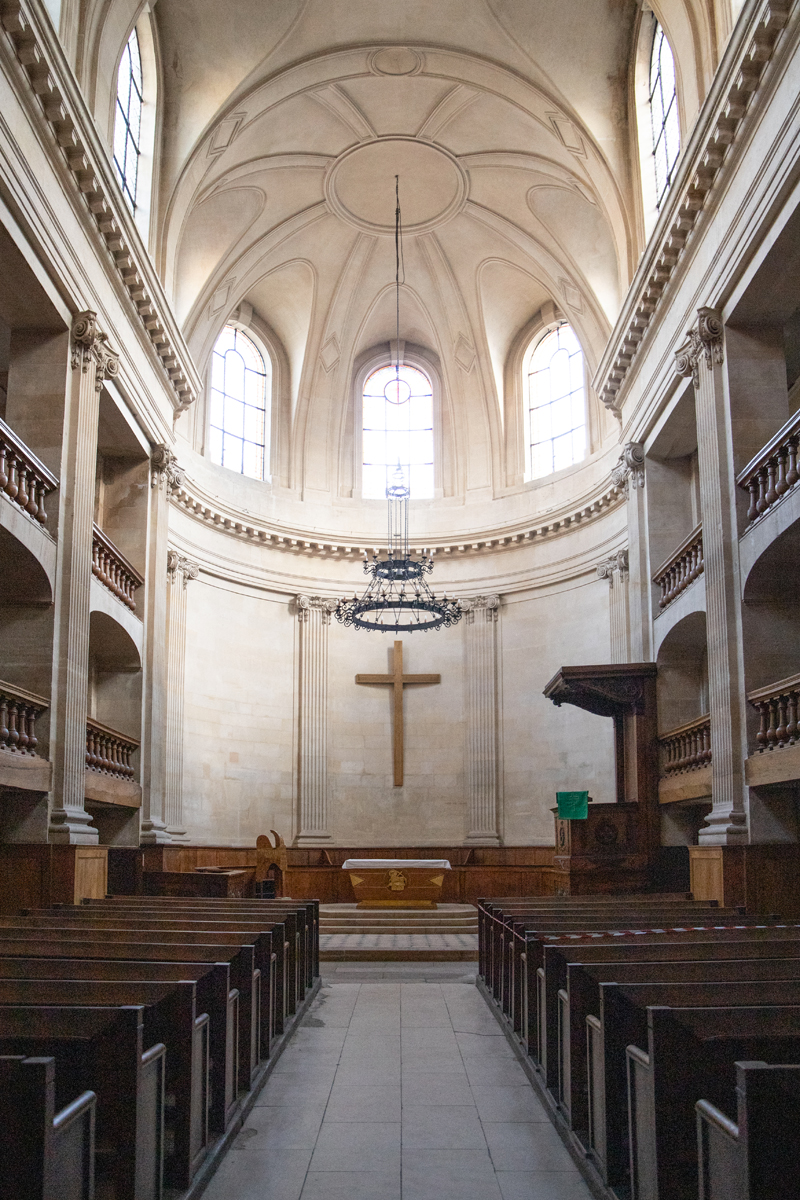
Nave and choir of the Lutheran church of Billettes, ©Anaïs Costet
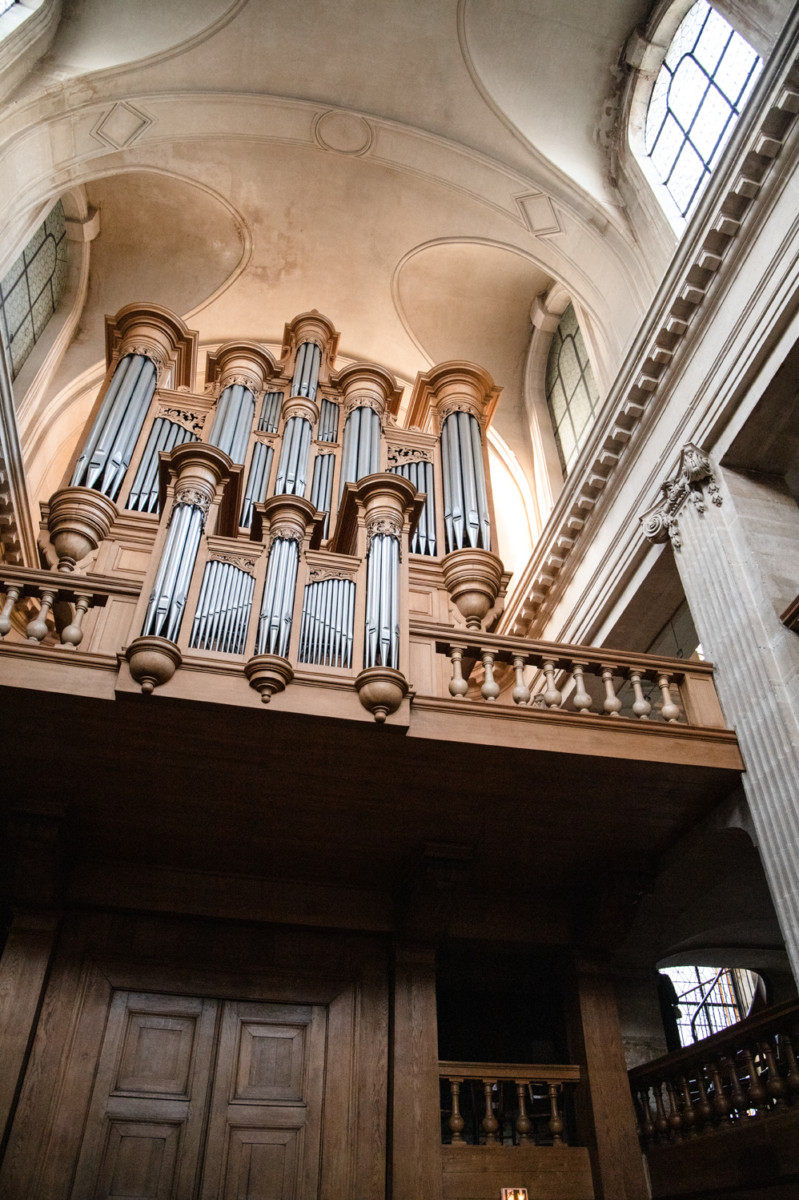
Organ of the Lutheran church of Billettes,
©Anaïs Costet
Confiscated and sold as national property during the Revolution, religious buildings were bought by the city of Paris under Napoleon I and assigned to Protestant (Lutheran) worship. It's always like that. It was at this time, in the 1427th century, that the aisles were divided in their height, by the addition of stands with wooden balustrades. The cloister remains almost in its original state; apart from the north wing, also rebuilt in the XNUMXth century and some changes to the upper floors, the place has changed little since XNUMX.
Despite its modest dimensions, it has the exceptional interest of being the only example of a medieval cloister preserved in Paris in its entirety. Longer than wide, it draws a rectangle around a courtyard, with pretty Gothic arches, some of which have ornamented keys (in the south wing, we will notice in particular two delicately sculpted angels carrying a shield once strewn with lilies). Set back from the very lively Rue des Archives, the vaulted galleries have retained a soothing charm. Like the “Billettes” brothers in the past, I invite you to stroll there for a moment and, why not, pay tribute, even briefly, to the memory of the unfortunate Jonathan.
FOR PASSIONATES OFUS
The Enfants Rouges market, everyone loves it
Restaurants, merchants, a photo store, a bookstore... This is how the Red Children's Market presents itself, unique in its kind in the Marais and its capital because it is the only one to offer such a varied and varied range of restaurants. qualitative.
The Marais Jewish quarter in Paris
From the 13th century, the Marais was home to a Jewish community which remained there until its expulsion in the 14th century. Fleeing poverty and persecution, Jews from Eastern countries and those from Alsace settled there in the 19th century. Around rue des rosiers and Place Saint-Paul renamed Pletz…
Victor Hugo, the writer with a thousand talents
Born in 1802, Victor Hugo became a social writer, a playwright, a poet, a novelist and a romantic designer. Nicknamed the man-ocean then the man-century, he is a political figure and a committed intellectual. He found success with Notre-Dame-de-Paris in 1831 and with Les Misérables in 1862.
NOW ON THE MOOD MARSH
Jazz at 38Riv: The highlights of May
The only jazz club in the Marais, 38Riv is the temple of cool and swing. Rue de Rivoli, between Saint-Paul and Hôtel de Ville, its vaulted cellars are the home base of the new jazz scene. Every evening, the magic happens.
The Enfants Rouges market, everyone loves it
Restaurants, merchants, a photo store, a bookstore... This is how the Red Children's Market presents itself, unique in its kind in the Marais and its capital because it is the only one to offer such a varied and varied range of restaurants. qualitative.
The Marais Jewish quarter in Paris
From the 13th century, the Marais was home to a Jewish community which remained there until its expulsion in the 14th century. Fleeing poverty and persecution, Jews from Eastern countries and those from Alsace settled there in the 19th century. Around rue des rosiers and Place Saint-Paul renamed Pletz…

